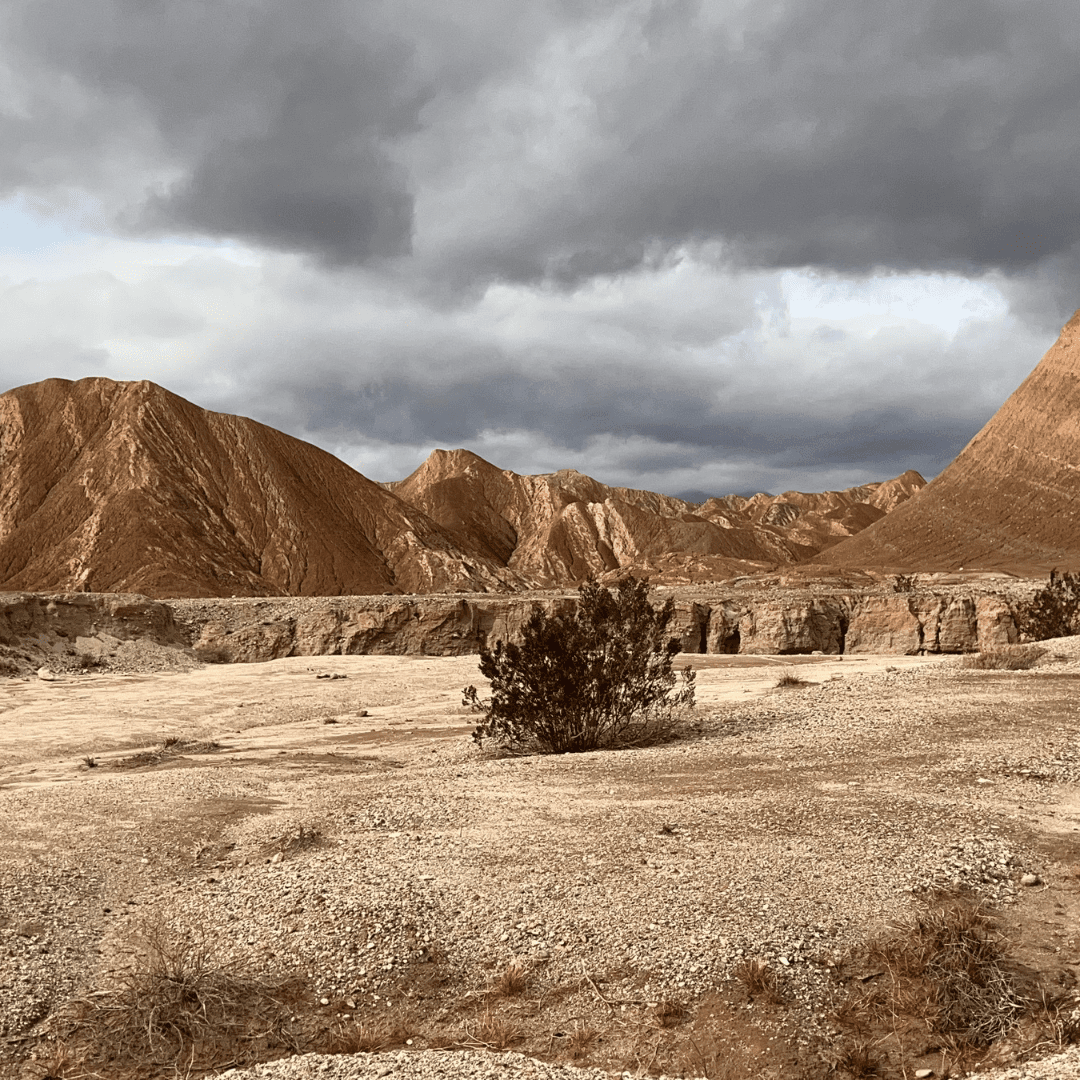Comparing Mars and Anza-Borrego State Park
Share

A Tale of Two Red Planets
In this article, we will explore the similarities and differences between the Red Planet, Mars, and Anza-Borrego State Park in California, USA. We will delve into the geological features, weather patterns, dirt composition, and potential for life on both these fascinating destinations.
Introduction to Mars and Anza-Borrego State Park
Mars, also known as the Red Planet, has fascinated scientists and the general public for centuries. Its barren landscape and reddish hue are distinctive, and its proximity to Earth makes it a popular topic for research and exploration. Meanwhile, Anza-Borrego State Park in Southern California is a natural wonder that boasts unique geological features, diverse wildlife, and a fascinating history. While these two destinations may seem vastly different, they share some similarities that are worth exploring.
The Geological Features of Mars and Anza-Borrego State Park:
Mars is known for its towering volcanoes, deep canyons, and vast deserts. One of the most prominent features on Mars is Olympus Mons, which is the largest volcano in the solar system. Anza-Borrego State Park also boasts a unique geological landscape, with colorful badlands, slot canyons, and towering peaks. Both destinations have geological features that are unlike anything else on Earth, and exploring them can provide a unique and memorable experience.
The Weather Patterns on Mars and Anza-Borrego State Park:
Mars has a harsh and unforgiving climate, with temperatures ranging from -225°F to 70°F. The atmosphere on Mars is also thin, with little protection from solar radiation. Anza-Borrego State Park, on the other hand, experiences a hot and arid climate, with temperatures reaching up to 120°F in the summer months. However, unlike Mars, Anza-Borrego State Park has a breathable atmosphere and offers some protection from the sun’s harmful rays.
The Dirt Composition on Mars and Anza-Borrego State Park:
The dirt composition on Mars is primarily made up of iron oxide, also known as rust. This gives the planet its distinctive reddish hue. Anza-Borrego State Park, on the other hand, has a diverse range of soil types, including sandy soil, clay soil, and rocky soil. The soil in the park is also rich in minerals, which contributes to the diversity of plant life found in the area.
How the Land was Formed on Mars and Anza-Borrego State Park:
The land on Mars was formed through a combination of volcanic activity and meteorite impacts. The planet’s massive volcanoes were created by lava flows that occurred billions of years ago. Anza-Borrego State Park, on the other hand, was formed through a process of erosion and uplift. The park is situated in the Colorado Desert, which was once a seabed. Over time, the movement of tectonic plates caused the area to rise, exposing the unique geological features that are present today.
Potential for Life on Mars and Anza-Borrego State Park:
One of the most exciting aspects of Mars is its potential for harboring life. While scientists have yet to discover any definitive evidence of life on the Red Planet, there are signs that it may have once been habitable. The presence of water in the form of ice caps and evidence of past water flow on the surface suggests that Mars may have once had a more Earth-like environment. Anza-Borrego State Park is home to a variety of plant and animal life, including bighorn sheep, roadrunners, and cacti. The park’s diverse ecosystem is supported by the rich soil and unique geological features that are found throughout the area.
Similarities and Differences of Mars and Anza-Borrego State Park
In conclusion, Mars and Anza-Borrego State Park may seem vastly different at first glance, but they share some striking similarities. Both destinations boast unique geological features, challenging weather patterns, and potential for life. However, they also have their differences, such as the composition of the soil and how the land was formed.
Whether you are an adventurer looking to explore the Red Planet or a nature lover looking to explore the wonders of Anza-Borrego State Park, these destinations offer a glimpse into some of the most fascinating and awe-inspiring places in the solar system and on Earth.
Here is a list of the differences between Mars and Anza-Borrego State Park
- Geological Features: Mars has towering volcanoes, deep canyons, and vast deserts, while Anza-Borrego State Park has colorful badlands, slot canyons, and towering peaks.
- Weather Patterns: Mars has a harsh and unforgiving climate with extreme temperatures and little protection from solar radiation, while Anza-Borrego State Park experiences a hot and arid climate with temperatures reaching up to 120°F in the summer months and has a breathable atmosphere.
- Dirt Composition: The soil on Mars is primarily made up of iron oxide, while Anza-Borrego State Park has a diverse range of soil types, including sandy soil, clay soil, and rocky soil.
- How the Land was Formed: The land on Mars was formed through a combination of volcanic activity and meteorite impacts, while Anza-Borrego State Park was formed through a process of erosion and uplift.
- Potential for Life: While Mars has potential for harboring life, Anza-Borrego State Park has a diverse ecosystem of plant and animal life, including bighorn sheep, roadrunners, and cacti, which is supported by the rich soil and unique geological features that are found throughout the area.
These differences highlight the unique and fascinating qualities of both Mars and Anza-Borrego State Park, and provide a glimpse into the diverse and awe-inspiring wonders of our solar system and planet Earth.

